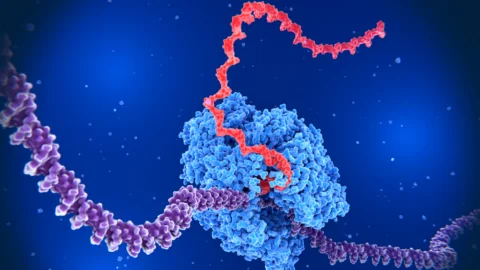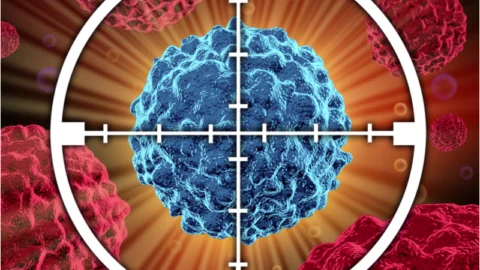February 15, 2024
In Nature Genetics, researchers have described how a defect in RNA transcription constitutes a previously undiscovered mechanism of aging. When the blueprint becomes harder to read Gene expression begins when a cell transcribes RNA from DNA protein codes. This process, like almost all others, is affected by aging. One key reason behind this is, of...
August 01, 2023
For the first time, scientists have shown that letting young and old mice share blood leads to a significant lifespan extension in the old mouse [1]. Rejuvenation by young blood Since the dawn of civilization, young blood has been credited with healing and rejuvenating powers, and its value has been demonstrated by modern science. In...
April 13, 2023
Research published yesterday in Nature has described one way in which RNA sequencing changes in the cell with age and how this may be linked to lifespan. Transcriptional elongation Transcriptional elongation is a fundamental biological process, as it affects the basic steps involved in the production of RNA, which is responsible for executing the instructions...
May 03, 2022
Scientists have discovered a possible mechanism that protects extremely long-lived people from aging [1]. Protected persons A few days ago, news came of the death of the oldest person in the world (and the oldest ever to have her age indisputably confirmed), 119-year-old Kane Tanaka from Japan. People who live past 100 or 110 years...
March 14, 2022
An open access study published in iScience has discussed the development of senolytics to target particular genes that are upregulated in cellular senescence. Understanding senescence, cell by cell In our earlier interview with Simon Melov of the Buck Institute, the lead researcher of this paper, Dr. Melov, explained his lab's focus on single-cell sequencing. As...
February 07, 2022
As explained in a paper published in GeroScience, researchers have used spatial transcriptomic analysis to show the inflammatory nodes that are caused by brain cells undergoing senescence. What is spatial transcriptomic analysis? Spatial transcription analysis isn't a full 3D view of an entire brain. Rather, it is based on a series of slides of mouse...






